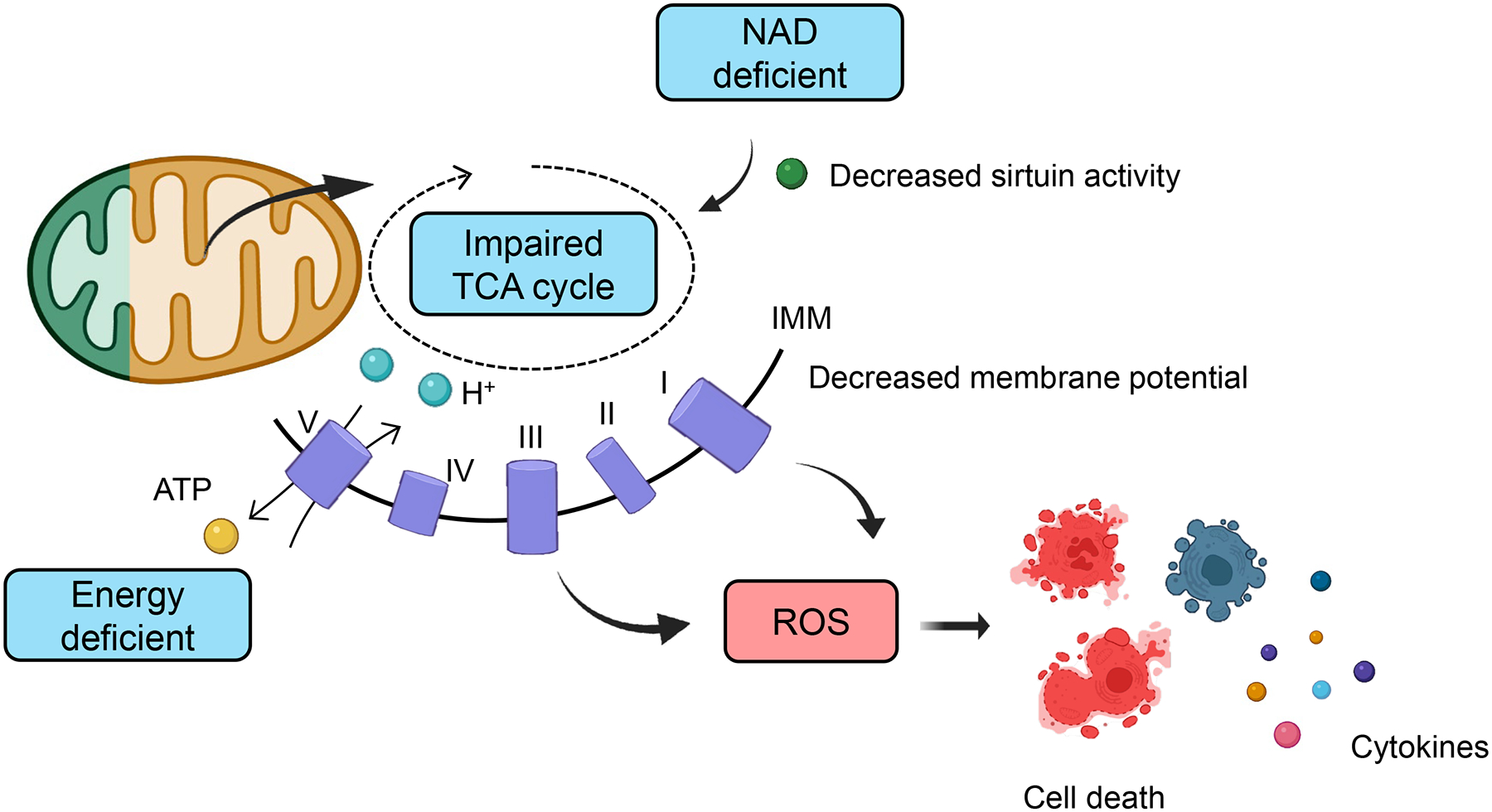Fig.2. Increased mitochondrial reactive oxygen species (ROS) in kidney injury.

The citric acid cycle which takes place in the mitochondrial matrix generates cellular energy (ATP). The cycle consumes acetyl-CoA and water, reduces NAD+ to NADH, and releases carbon dioxide and water. Low NAD levels and NAD-dependent mitochondrial sirtuin activity in kidney disease are associated with impaired mitochondrial respiration, energy deficiency, and ROS accumulation in kidney tubule cells. The impaired Krebs cycle in damaged kidney tubule cells cause an energetic crisis. Cellular ATP in kidney tubule cells is critical for the re-absorptive capacity of proximal tubule cells. Increase cellular ROS can trigger cell death, specifically necroptosis, ferroptosis, and pyroptosis. Inflammatory cell death will cause the release of inflammatory cytokines.
